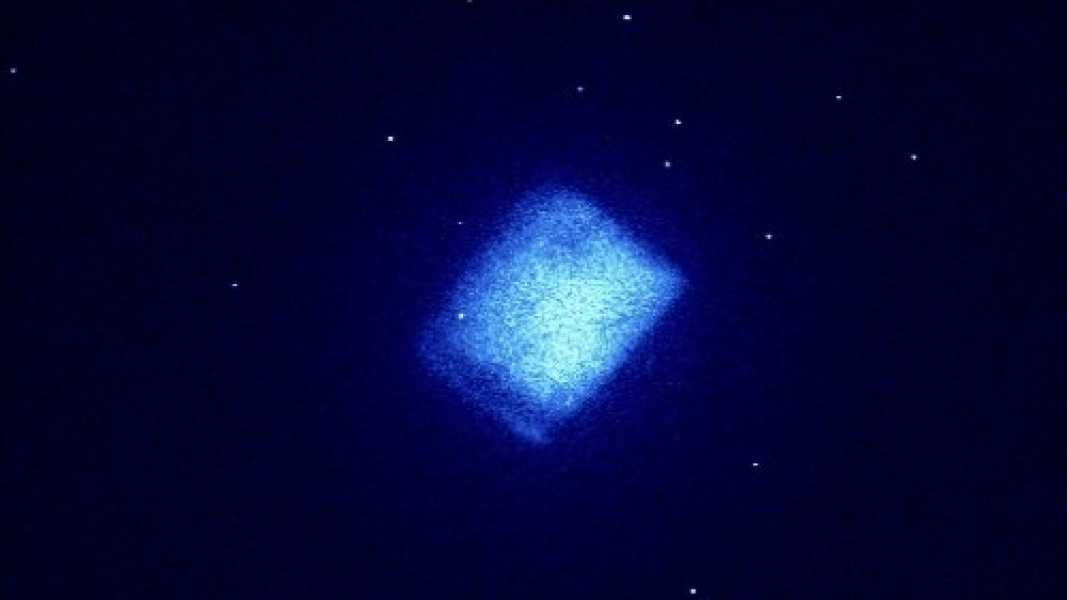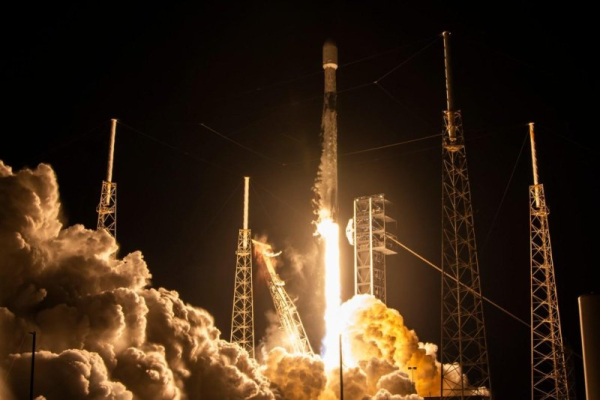
The diamond battery captures fast-moving electrons excited by radiation, similar to how solar energy uses photovoltaic cells to convert photons into electrical energy. (Image courtesy of the University of Bristol)
Researchers say the world's first nuclear battery, using a radioactive isotope in diamond, could power small devices for thousands of years.
The nuclear battery uses the reaction of a diamond placed near a radioactive source to spontaneously generate electricity, scientists at the University of Bristol in the UK explained in a statement on December 4. No motion is required, either linear or rotational. This means no energy is needed to move a magnet through a coil or to rotate an armature in a magnetic field, as is required in traditional power sources.
The scientists note that the diamond battery collects fast-moving electrons excited by radiation, similar to how solar energy uses photovoltaic cells to convert photons into electricity.
Researchers from the same university first demonstrated a prototype diamond battery in 2017 using nickel-63 as a radioactive source. In the new project, the team developed a battery made of radioactive isotopes of carbon-14 embedded in synthetic diamonds.
Scientists chose carbon-14 as the starting material because it emits short-range radiation that is quickly absorbed by any solid substance, meaning there are no concerns about harmful radiation exposure. Although carbon-14 can be dangerous if ingested or comes into contact with the skin, the diamond that holds it prevents any short-range radiation from escaping.
“Diamond is the hardest substance known to mankind; there is nothing that offers better protection,” said Neil Fox, professor of energetic materials at the University of Bristol.
Carbon-14 occurs naturally, but is produced in large quantities in graphite blocks used in nuclear power plants. Researchers have found that the isotope is concentrated on the surface of these blocks.
A single nucleo-diamond battery containing 0.04 ounces (1 gram) of carbon-14 can generate 15 joules of energy per day. By comparison, a standard AA alkaline battery, weighing about 0.7 ounces (20 grams), has an energy storage rating of 700 joules per gram. It produces more energy than a nucleo-diamond battery in the short term, but will run out of power within 24 hours.
By comparison, carbon-14 has a half-life of 5,730 years, meaning the battery would be reduced to 50% capacity in that time. That’s close to the age of the oldest known civilization. As another point of comparison, a spacecraft powered by a carbon-14 diamond battery would reach Alpha Centauri — our nearest stellar neighbor, about 4.4 light years from Earth — long before its energy was significantly depleted.
The researchers said the battery could be used in a wide range of applications, including electronics, medical devices and space exploration. Specific applications include X-ray machines and medical devices that need to function for a long time but require minimal power, such as pacemakers, and devices that operate in difficult and unsafe conditions, such as oil and gas equipment on the ocean floor. The battery could also be small enough to power radio frequency tags to identify and track devices and cargo both on Earth and in space.
The battery, created at a plasma deposition facility near Abingdon, Oxfordshire, UK, by a team from the University of Bristol and the UK Atomic Energy Authority (UKAEA), has no moving parts, eliminating the need for maintenance and producing no carbon emissions.
Sourse: www.livescience.com





